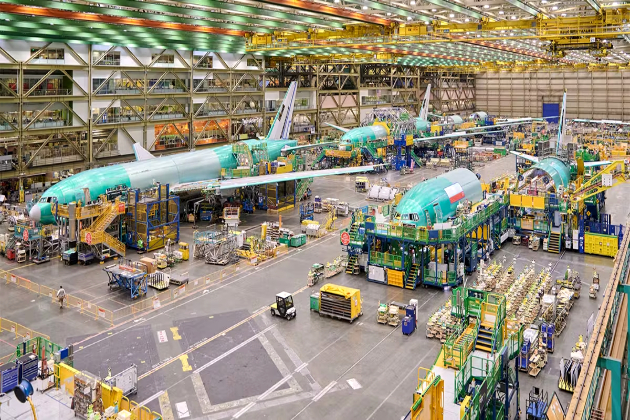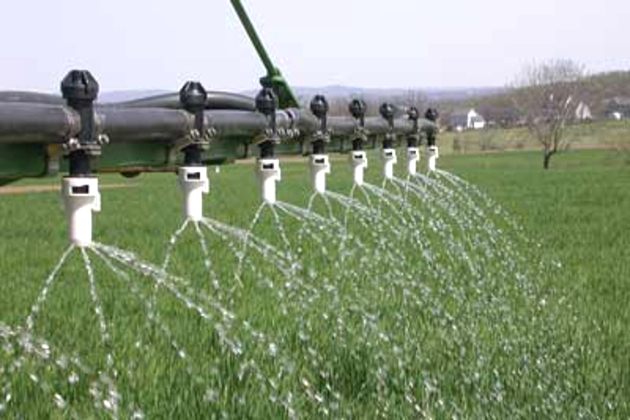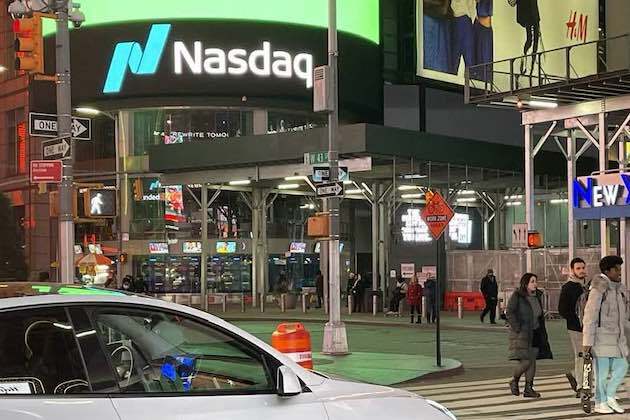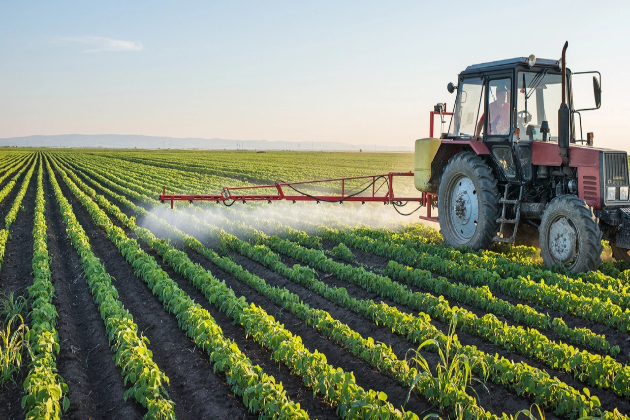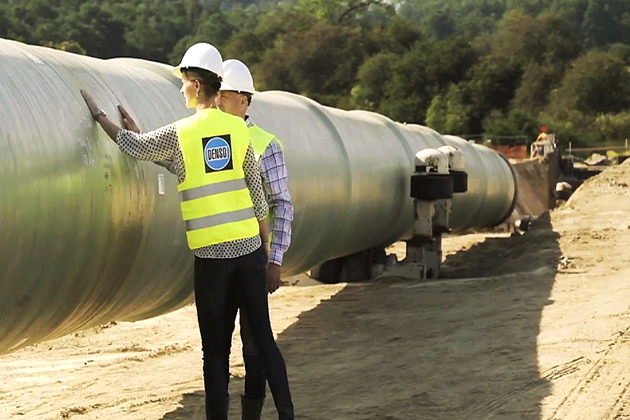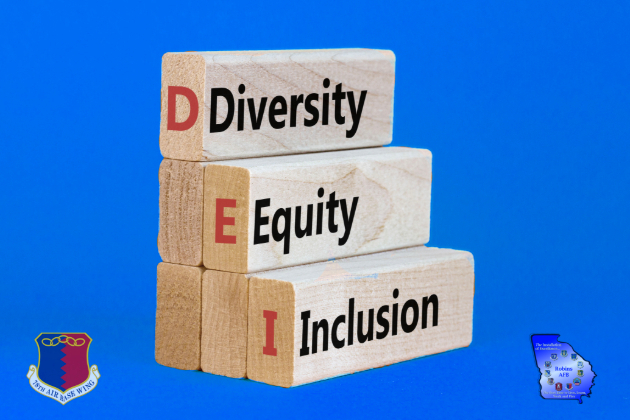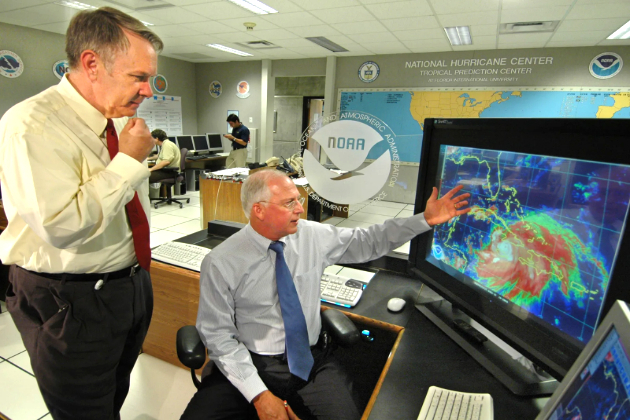To save these threatened seahorses, we built them 5-star underwater hotels
The Conversation
14 Feb 2020, 01:48 GMT+10
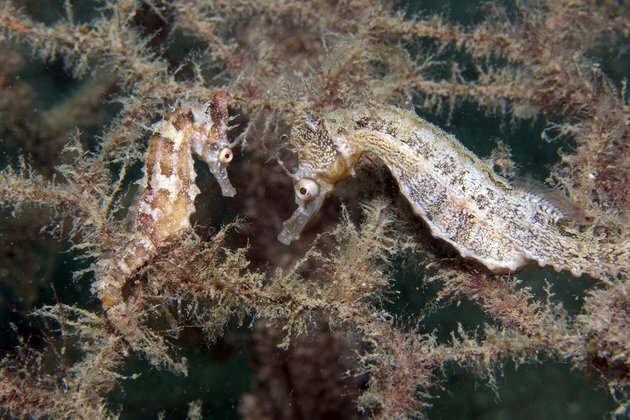
Venture beneath the ocean and you'll see schools of fish and other alien-like species that may take your breath away. But one species in particular is an enigma in the marine world: the shy, elusive seahorse.
Approximately 50 species of seahorse are found worldwide, and Australia's waters are home to at least 17 of them.
However, seahorses are considered threatened around the world, largely from over-harvesting for traditional Chinese medicines, unintended capture in fish trawl nets, and the loss of natural habitats such as seagrasses and mangroves.
Read more: Flash photography doesn't harm seahorses - but don't touch
To help seahorse populations bounce back while their natural habitats recover, we created new artificial habitats, called "seahorse hotels". Our recent research showed how these hotels gave the Australian endangered White's seahorse (Hippocampus whitei) - also known as the Sydney seahorse - a safe place to come together and call home.
Species under threat
Hippocampus, the entire genus (category) for the species, is listed on Appendix II of the Convention on International Trade in Endangered Species (CITES) of Wild Fauna and Flora. This means nations that have signed up to the convention must ensure harvesting seahorses - such as for traditional medicines - is done in a sustainable way.
Unfortunately, the CITES listing hasn't been enough, and several seahorse species are still experiencing population declines.
Fourteen seahorse species are officially listed as endangered or vulnerable, and these species are considered at risk of becoming extinct in the wild. White's seahorse is among them. It is one of the two seahorse species listed as globally endangered.
The first Australian seahorse under threat
First discovered in Sydney Harbour, White's seahorse is native to the east coast of Australia and has been spotted from Hervey Bay in Queensland to the New South Wales south coast.
It grows up to 16 centimetres long and is found in shallow water bays and estuaries, where it lives among its natural habitats of sponges, soft corals and seagrasses. Marine biologists have also shown the species "falls in love" - pairings of males and females mate for life.
Read more: Lionfish: the Mediterranean invasion of an untouchable and enigmatic predator
But over the past decade, White's seahorse populations declined by up to 97% at some sites in Port Stephens. It's now considered "endangered" under the NSW Fisheries Management Act.
The primary cause is the loss of natural habitats across their range in eastern Australia. In fact, within Port Stephens, more than 90% of soft coral and sponge habitats declined over 10 years at sites where the seahorse was once abundant.
These habitats were destroyed through the installation of boat moorings, anchoring of boats, and the inundation of habitats by sand moving into the Port Stephens estuary.
A home away from home
We devised seahorse hotels to help reverse the decline in White's seahorse populations. And we named them so because we considered them to be a temporary residence while their natural habitats recovered.
Read more: 'This situation brings me to despair': two reef scientists share their climate grief
The idea was born after we saw discarded or lost commercial fisher traps that, when rediscovered, had become heavily covered in marine growth such as sponges and corals.
These lost traps over time become magnets for marine growth which naturally starts to occur within days. As the growth increases over time, fish and invertebrates would move onto these new artificial homes. A few seahorses were even spotted living on them.
We built on past research, which had also shown White's seahorse will use artificial habitats if they were available, such as using protective swimming nets found around Sydney.
After we first deployed our 18 hotels, we found it only took within two months for seahorses to start using them. Over time, the numbers of seahorses using the hotels gradually increased: we recorded at least 64 different individuals over the next 12 months of 2018.
Seahorses hold onto the hotels by curling their long tail around the frame, the algae and the sponges, which holds them in place and stops them from being swept away by the waves and currents. By marking each seahorse with small fluorescent tags inserted just beneath the skin (called elastomer), giving each a unique ID, we're able to track each seahorse.
We found some seahorses maintained a strong attachment to the hotels - they were spotted regularly on the monthly surveys. One seahorse was even sighted using the hotels in 12 different surveys.
Read more: Curious Kids: Is it true that male seahorses give birth?
What's more, the seahorse hotels help White's seahorses breed. We saw this when breeding season began in October, finding that 13 males living in the hotels had become pregnant. This gives us hope for the local population size to increase.
Excitingly, our seahorse hotel study has had international interest too, with more hotels trialling in places like Gibraltar, Greece, the United States, Philippines and Indonesia.
While we must do what we can to help conserve the natural habitats of seahorses, we at least know we can use the seahorse hotels to recover these elusive populations. Their success in attracting seahorses and helping them come together to mate seems to follow the simple concept of: "If you build it, they will come!".
Authors: David Harasti - Adjunct assistant professor, Southern Cross University | Michael Simpson - PhD candidate, University of Sydney | Rebecca L. Morris - Research Fellow In Ecological Engineering, University of Melbourne | Ross Coleman - Professor, University of Sydney 
 Share
Share
 Tweet
Tweet
 Share
Share
 Flip
Flip
 Email
Email
Watch latest videos
Subscribe and Follow
Get a daily dose of Sydney Sun news through our daily email, its complimentary and keeps you fully up to date with world and business news as well.
News RELEASES
Publish news of your business, community or sports group, personnel appointments, major event and more by submitting a news release to Sydney Sun.
More InformationBusiness
SectionTech stocks lead renewed selling on Wall Street
NEW YORK, New York - The knee-jerk introduction of trade tariffs by President Donald Trump continues to rattle markets with all the...
Ford to invest up to $4.8 billion to revive struggling German unit
FRANKFURT, Germany: Ford announced this week that it will inject up to $4.8 billion into its struggling German unit to stabilize its...
Boeing links worker bonuses to company-wide performance
SEATTLE, Washington: Boeing has revamped its employee incentive plan, tying annual bonuses for more than 100,000 workers to overall...
US, Canadian farmers face rising fertilizer costs amid trade tensions
WINNIPEG, Manitoba: Farmers in the U.S. and Canada are bracing for soaring fertilizer prices as trade tensions escalate between the...
U.S. stocks stabilize after relentless losses
NEW YORK, New York - A slightly lower-than-expected CPI reading for February helped U.S. stocks to stabilize after some relentless...
New York office market rebounds as big investors hunt for deals
NEW YORK CITY, New York: New York's office market is showing signs of a comeback as major investors, including Blackstone, scout for...
International
SectionFighter jets intercept plane near Trump’s Florida home
WEST PALM BEACH, Florida: Air Force fighter jets have stopped a civilian plane that entered restricted airspace near Donald Trump's...
US farmers face bankruptcy, economic uncertainty due to USDA freeze
CHICAGO/WASHINGTON, D.C.: Farmers and food groups across the U.S. are laying off workers, stopping investments, and struggling to get...
South Dakota law blocks eminent domain for carbon pipelines
SIOUX FALLS, South Dakota: A new South Dakota law banning the use of eminent domain for carbon capture pipelines has cast doubt on...
US intelligence agency orders DEIA officials to resign or face firing
WASHINGTON, D.C.: Officials working on diversity and inclusion programs at the U.S. Office of the Director of National Intelligence...
CDC study follows measles outbreak amid declining vaccination rates
WASHINGTON, D.C.: The U.S. Centers for Disease Control and Prevention (CDC) is planning an extensive study on possible links between...
US weather agency faces big layoffs under Trump’s civil service cuts
WASHINGTON, D.C.: The U.S. weather agency, NOAA, plans to lay off 1,029 workers following 1,300 job cuts earlier this year. This...



